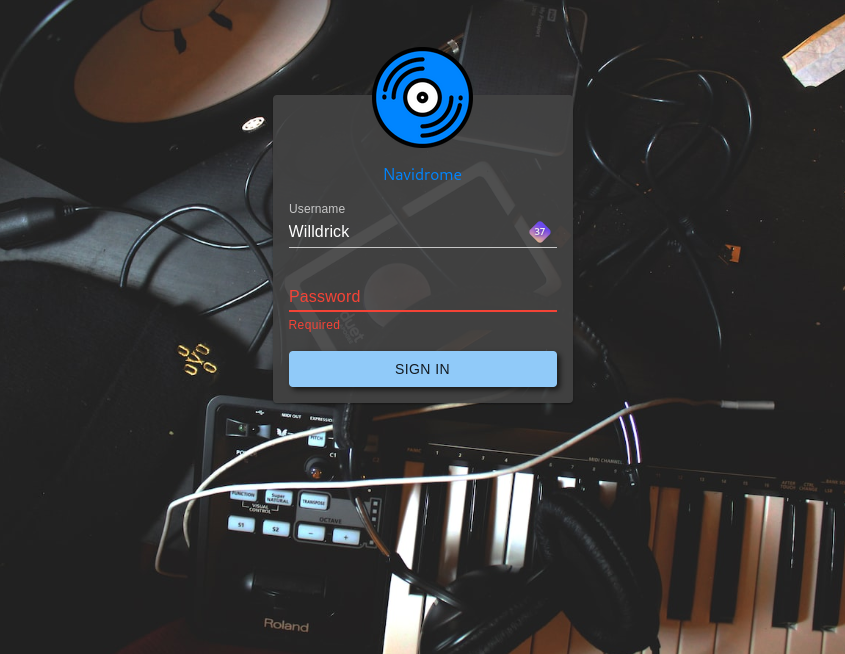Holy crap thats genius, i'll do just that!
Nice, I might give that a go. So instead of doing Artist/Album/songfile.ext you just have all albums in the same level? e.g. Band - Album1/song1.mp3 Band - Album2/song1.flac
If that's so, I might be able to batch sort them to that structure and give Jellyfin another try
the problem with FW's docs is that they are too opinionated, they expect a strict user and directory structure that should not be required for docker deployments. I modified the example docker-compose to use volumes instead of binding to host locations (except for the music:ro folder) and it didn't like it at all. I get that they prefer using ansible playbooks over docker, but even when starting from a fresh debian 12 install it'd fail, even though I followed that guide to the tee.
As someone else said on the thread, it's weird but there's no much choice for multi-library music-centric servers. Guess I'll have to wrangle Jellyfin into submission to tag my music properly.
tried jellyfin even before Navidrome: the problem with Jellyfin is that as good as it is tagging and managing movies and tv shows, it's atrocious at music management. Even though I painstakingly tagged and sorted my music using MusicBrainz Picard, there are tons of albums misplaced, or entire artists catalogs set as a single album. Same music collection on Navidrome worked OOTB and was perfectly sorted.
By the amount of exploits and privilege escalations he pulls off (and the fact that everything is stuck in 1999) I'm almost positive that the matrix is running on some sort of WindowsNT
Thanks for this! I have been using HA for a year now but only with stuff I already had on my network and a few Wiz lights. The whole ZigBee zwave thing has been a pending rabbit hole to fall into for a while and this was been an interesting read.
No need, at least on Firefox you can hold down shift (or alt? I never remember) + right click to bypass such restrictions
IIRC Uber has patented dynamic pricing based on a ton of data, including your phone battery being low. I wouldn't be surprised if they hiked your fare just because you were on the car shop.
Obviously they say its not in use but who could check
Edit: some further reading https://www.hbs.edu/ris/Publication%20Files/22-050_ec28aaca-2b94-477f-84e6-e8b58428ba43.pdf
Ffs i only olayed one match of Starship Troopers... Im getting dismembered by an oversized animstronic alien ant
There's a key point in the article that emphasizes that valve are indeed "being nice": their policy is " upstream everything".
Yes the motives are still keeping a foot out in case Microsoft decides to screw them over in some way, but they could (as many companies do) keep the improvements all for themselves, buy developers and make a closed source version of any of the tech they have been funding, locking down steamOS to only allow steam games and so on.
Kenshi pretty much fits that request a 100%


Tell me about it. I've got movies with the Spanish title, and the LatAm cover art with yet another title. Ended up switching Jellyfin to English just to be able to find my movies